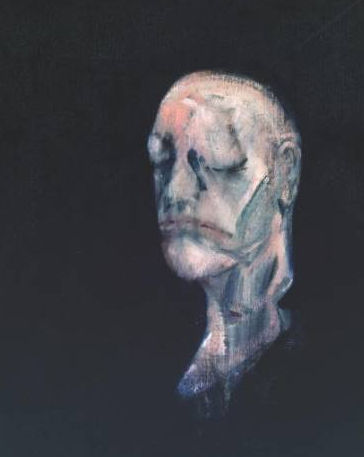If the French no longer make much in the way of interesting art, they certainly know how to spice up its presentation. The ambition of earlier generations of avant-garde French artists, to revise the canons and conventions of taste, seems to have passed to the bureaucrats whom they once despised: it has become a virtual commonplace to note that the most startling gestures of aesthetic intent in France, in recent years, have taken the form not of new painting or sculpture but of new museums (Orsay) or new additions to old ones (the Louvre's pyramid).
While these may not always have been well judged - Orsay's briefly fashionable relegation of Impressionism and Post-Impressionism to the margins of nineteenth-century salon art now looks suspect - they have fostered the suspicion that French cultural radicalism has migrated from art to art administration.
Another symptom of this is the recent emergence, in France, of a new kind of exhibition curator: a mistily effusive polymath, a poet of museum display who sees the exhibition as an opportunity for self-expression rather than anything as dull and pedestrian as art historical exegesis. If anyone embodies this new species, it is Jean de Loisy, chief curator of the Cartier Foundation, in the Paris suburb of Jouy-en-Josas. And if any single exhibition could be said to represent the spirit of curatorial experiment for which de Loisy stands, it is his controversial new show, ''A Visage Decouvert''.
No one could accuse de Loisy of dullness, of adherence to tried and trusted curatorial formula. It is hard to say whether ''A Visage Decouvert'' (its English title is ''The Naked Face'') is quite properly described as an art exhibition. De Loisy himself prefers to describe it as a ''meditation'' on its chosen theme, which is the representation of...

Facial disfigurement
21-07-1992

